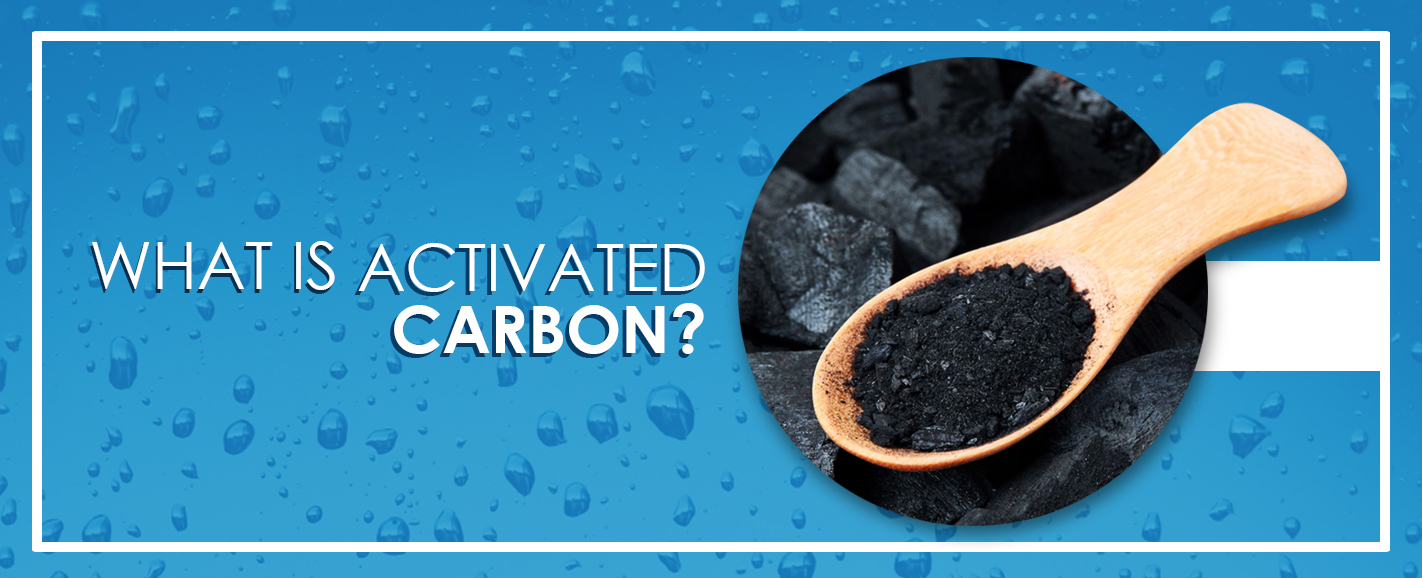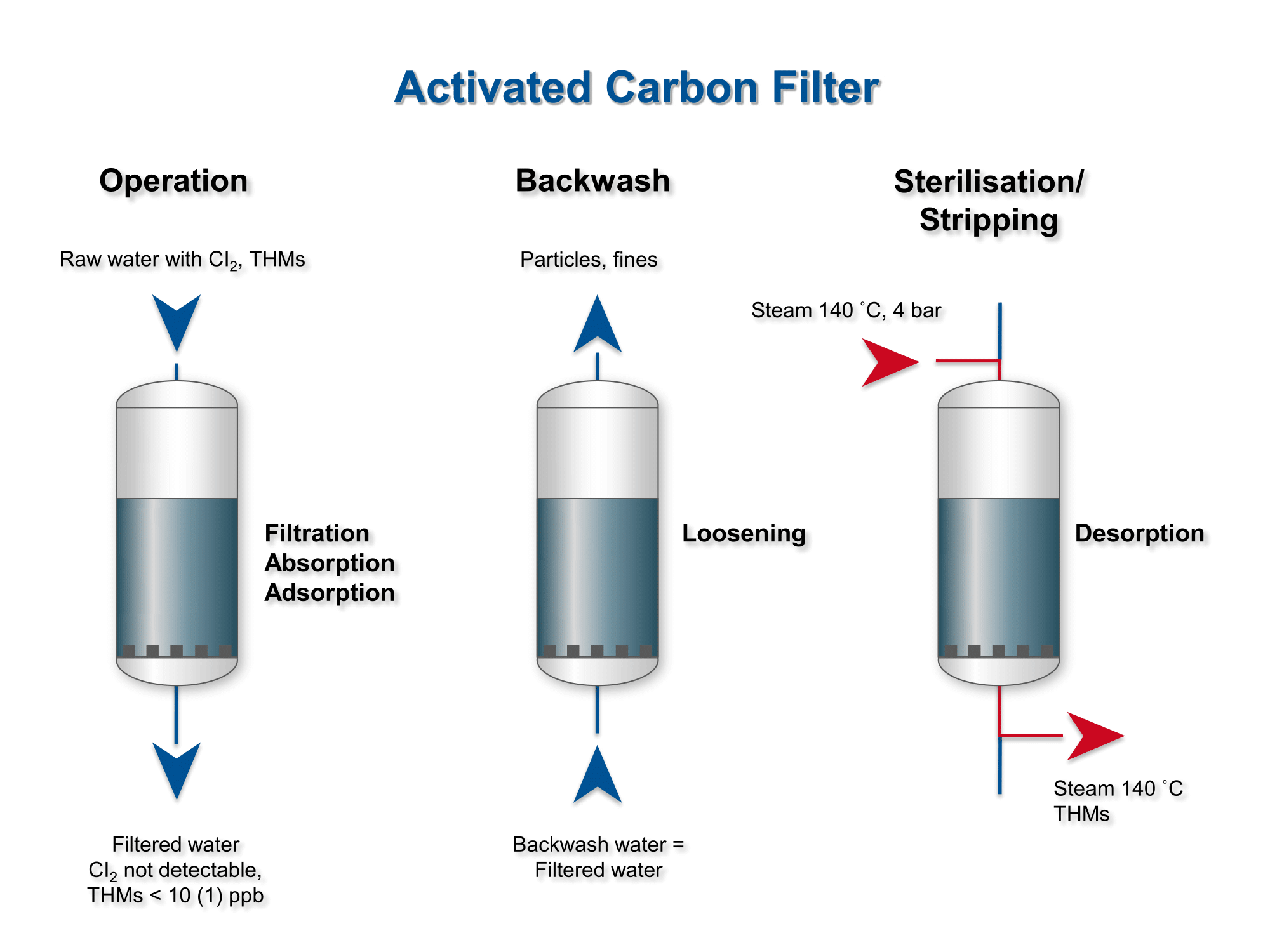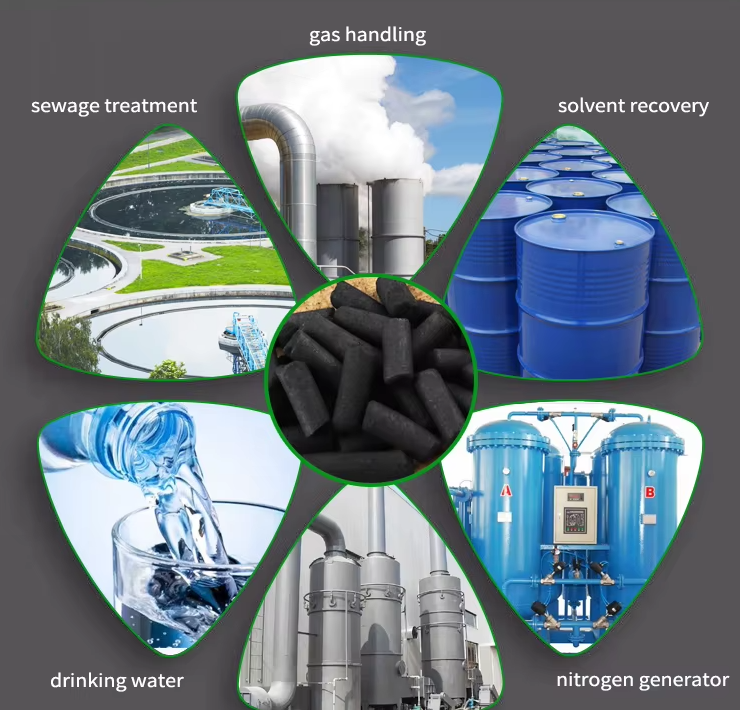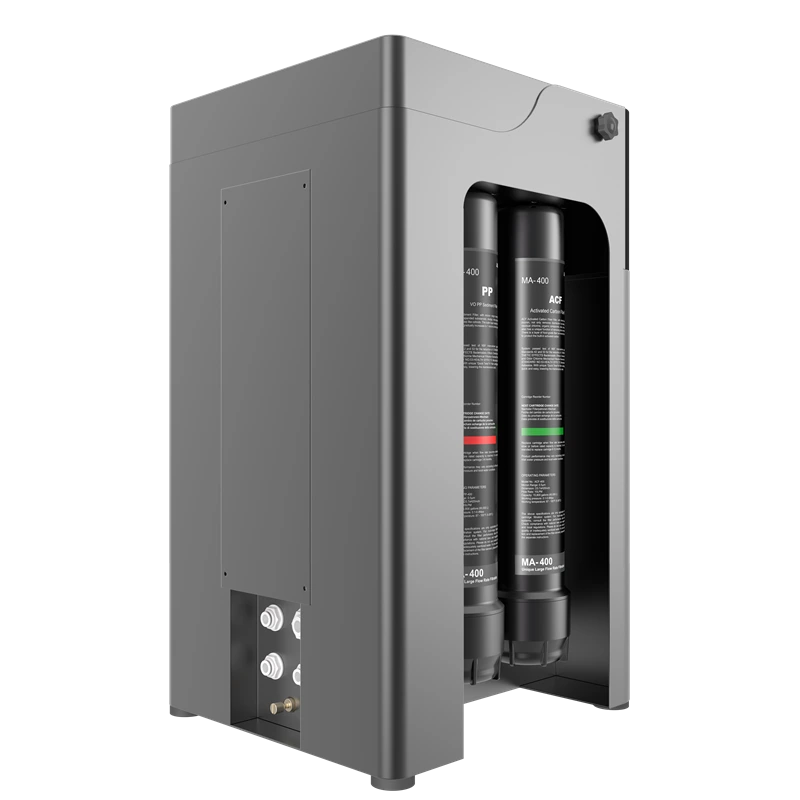What Are the Categories of Activated Carbon?
1. Based on the raw materials used in production, activated carbon can be classified as:
(1) Wood-based carbon: Further subdivided into charcoal (made from wood chips), bamboo charcoal (made from bamboo), nut shell carbon (made from walnut or apricot shells), and coconut shell carbon (made from coconut shells). Coconut shell carbon or nut shell carbon is commonly used in water purifiers.
(2) Coal-based charcoal (made from anthracite coal, with Ningxia-produced being of higher quality).
(3) Bone charcoal (made from animal bones).
(4) Silver-impregnated activated carbon: Typically made from fruit shell activated carbon, it undergoes a special process to incorporate silver, with silver content usually ranging from 0.1% to 0.3%. It slowly releases silver ions (Ag+) into water, which have antibacterial properties.
Therefore, in addition to the adsorption function of ordinary activated carbon, silver-impregnated activated carbon also inhibits bacterial growth. Water purifiers must use high-quality silver-impregnated activated carbon; otherwise, silver ion levels in the output water may initially exceed standards, and silver release ceases after short-term use.

2. Based on form, activated carbon commonly used in household water purifiers includes:
(1) Powdered activated carbon (PAC). PAC is essentially granular activated carbon with finer particles. Its smaller size yields greater surface area, resulting in superior adsorption performance compared to standard granular activated carbon.
(2) Granular Activated Carbon (GAC). This is the most common activated carbon in water purifiers. Smaller particles enhance adsorption efficiency but increase water resistance (inlet-outlet pressure differential) and risk carbon leakage. Manufacturers should select appropriately sized granules. In large-scale water treatment systems, 10–24 mesh (Φ2.0–0.8mm) is commonly selected. For small household water purifiers, where the carbon column height is short, flow rate is high, and water-carbon contact time is brief, 16–32 mesh (Φ1.3–0.6mm) is recommended. (3) Activated Carbon Fiber Felt (ACF) comes in two types based on raw materials: one uses viscose-based filament fibers processed into fabric, then carbonized, activated, and heat-treated; the other uses polyacrylonitrile-based fibers processed into felt, followed by pre-oxidation, carbonization, activation, and heat treatment. The average pore size is 17–26 Å for the former and 10–20 Å for the latter. Activated carbon fiber is typically manufactured into 1–5 mm thick mats. It possesses more micropores than granular activated carbon, a larger specific surface area (1000–1600 m²/g), higher adsorption capacity (2–6 times greater), faster adsorption rates, and excellent regenerative properties with rapid desorption, enabling reuse. Disadvantages include higher cost and susceptibility to bacterial growth.
(4) Sintered activated carbon filter cartridges (CTO), also known as carbon block or compressed activated carbon filters, are formed by heating and sintering granular activated carbon mixed with a binder (e.g., PE resin) through extrusion. The carbon core is often wrapped in white polypropylene (PP) non-woven fabric. Sintered activated carbon filter cartridges combine adsorption and filtration functions (average pore size 3–20 µm). However, their filtration capacity is lower than that of PP melt-blown filter cartridges, and their adsorption capacity is lower than that of granular activated carbon filter cartridges.

Role of Activated Carbon in Water Purifiers
1. Water Purification Function of Activated Carbon
Activated carbon removes odors, tastes, color, residual chlorine, colloids, and organic compounds (including synthetic detergents, pesticides, herbicides, insecticides, synthetic dyes, trihalomethanes, haloacetic acids, endocrine disruptors like phthalate esters PAES, etc.), heavy metals (e.g., mercury, silver, cadmium, chromium, lead, nickel, etc.), and radioactive substances. It is the earliest, most widely used, and practical water purification material in water purifiers.
Activated carbon is not only found in standard activated carbon water filters but also in household reverse osmosis systems, as well as most ultrafiltration, ceramic, KDF, and UV water purifiers. Both activated carbon and KDF can remove residual chlorine from water. However, KDF reacts with chlorine to produce zinc ions (Zn²⁺), potentially leading to excessive zinc levels in the water. Using activated carbon for chlorine removal avoids this concern. During the activation process, activated carbon develops numerous microscopic pores of various shapes, creating an extensive surface area with strong adsorption properties. Its specific surface area ranges from 500 to 1200 m²/g. The larger the specific surface area, the better the adsorption performance.

2. Negative Effects of Activated Carbon
(1) Activated carbon adsorbs large amounts of organic matter, which serves as nutrients for microorganisms like bacteria. Bacteria proliferate extensively within the carbon's micropores, potentially causing total bacterial counts in the treated water to exceed standards.
(2) Under microbial catalysis, activated carbon in water purifiers converts ammonia nitrogen in water into nitrite nitrogen. This often results in nitrite levels in the purified water being many times higher than in the input water. While nitrite itself is not carcinogenic, the nitrosamines it forms when reacting with amines in water are potent carcinogens.
(3) Adding brominated resin (brominated polystyrene heptane) filtration or UV sterilization to water treated by activated carbon adsorption is an effective solution for addressing microbial contamination.
3. Activated Carbon Adsorption Mechanism
(1) Physical Adsorption: Van der Waals forces. Activated carbon physically adsorbs and removes organic compounds, colloids, and other substances from water.
(2) Chemical Adsorption: Chemical reactions and catalytic effects. Activated carbon chemically adsorbs and removes residual chlorine, chloramines, and other substances from water.
What are the functions of activated carbon?

1. Used in manufacturing gas masks.
Activated carbon was originally used to produce gas masks. With technological advancements, it gradually found application in deodorization at water treatment plants. Later, its uses expanded significantly, including: cigarette filters, sugar decolorization, military gas masks, antidotes, radioactive element decontamination, soil conditioning, hangover relief, and indoor formaldehyde treatment. Therefore, the answer to whether activated carbon can remove formaldehyde is self-evident!
2. Unique Pore Structure
We know activated carbon is a microcrystalline carbon material made from carbon sources. It features a highly developed internal pore structure, a black appearance, strong adsorption capacity, and large surface area. It also contains numerous microscopic pores invisible to the naked eye, which serve significant purposes. It is precisely this exceptional pore structure that endows activated carbon with its formidable adsorption capabilities.
3. Intermolecular Forces
Although molecular movement speed is influenced by material properties and temperature, motion within microenvironments is perpetual. Due to the attractive forces between molecules, when a molecule is captured by an activated carbon pore and enters its internal structure, it triggers continuous molecular attraction until the pores are completely filled.
4. Capable of adsorbing various harmful substances
It is understood that high-quality coconut shell activated carbon can adsorb large quantities of harmful gases. However, activated carbon made from different materials possesses varying internal pore sizes, resulting in differences in adsorption capacity.

 Reverse Osmosis Scaling Right After Startup? Here's What You Need to Know About Prevention and Treatment!
Reverse Osmosis Scaling Right After Startup? Here's What You Need to Know About Prevention and Treatment!
 Reverse Osmosis Scaling Right After Startup? Here's What You Need to Know About Prevention and Treatment!
Reverse Osmosis Scaling Right After Startup? Here's What You Need to Know About Prevention and Treatment!
 Three Certain Trends in Commercial Water Purification Over the Next Five Years
Three Certain Trends in Commercial Water Purification Over the Next Five Years
 Eight Different Methods for Pure Water Treatment Equipment Processes
Eight Different Methods for Pure Water Treatment Equipment Processes